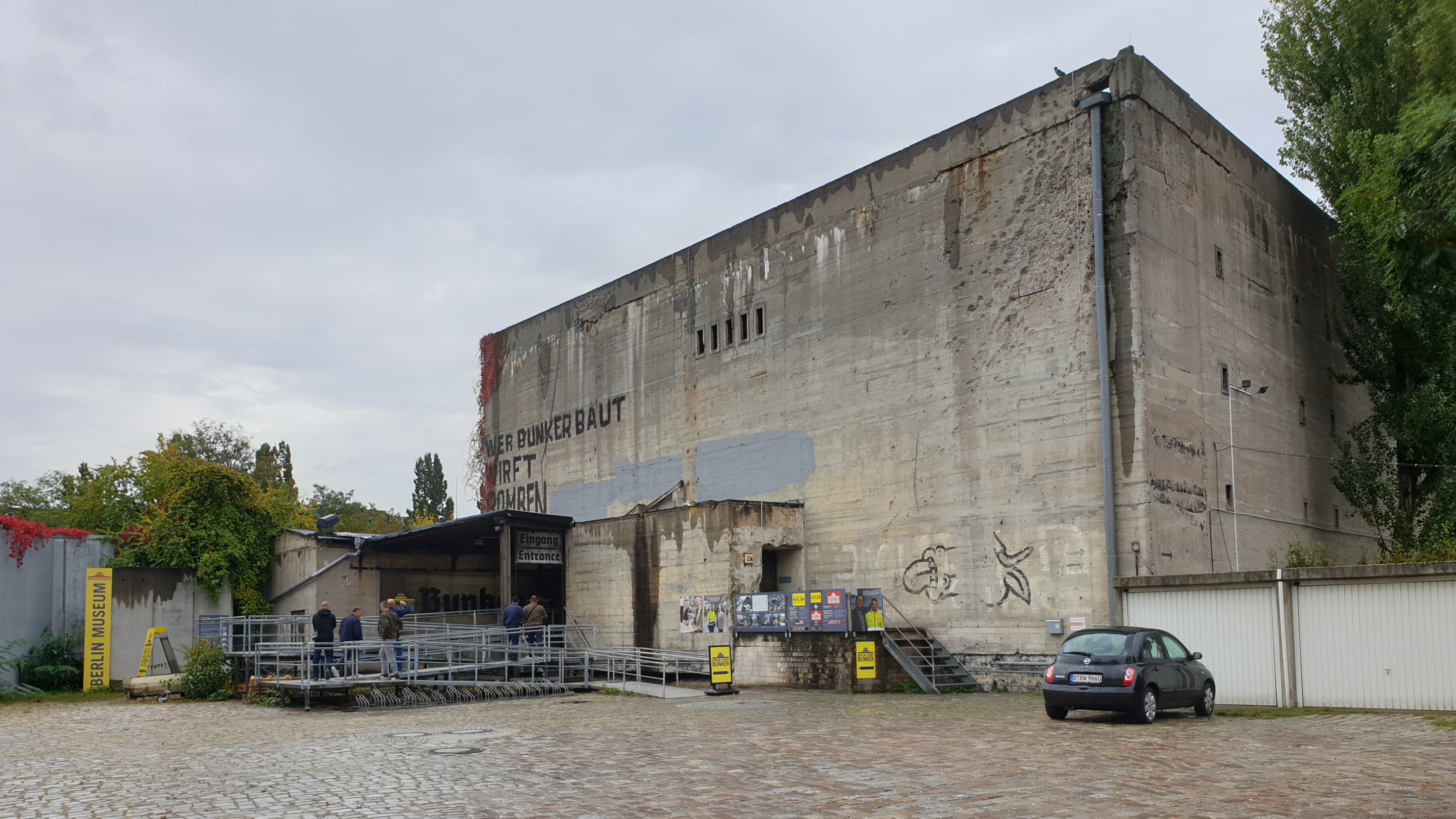

 Kershaw is quoted several times in the exhibit, but there is no engagement of Kershaw’s discussion of the Hitlerist/structuralist debate, and Hitler is everywhere given sole credit for decisions even when Kershaw has explicitly pointed out, with regards to the Röhm Putsch for example, that Hitler was against an action but was pressured into it. There is one section where Giebel says, in so many words, the Gauleiter only responded to orders coming down from Hitler. This is history for matinee-goers.
Kershaw is quoted several times in the exhibit, but there is no engagement of Kershaw’s discussion of the Hitlerist/structuralist debate, and Hitler is everywhere given sole credit for decisions even when Kershaw has explicitly pointed out, with regards to the Röhm Putsch for example, that Hitler was against an action but was pressured into it. There is one section where Giebel says, in so many words, the Gauleiter only responded to orders coming down from Hitler. This is history for matinee-goers.
 I told the young women selling tickets that Grenell’s recommendation outside and the „Hitler, how could it happen?“ slant struck me as very strange, and quickly found out they were American and that they too, found both Grenell and the Hitler-centric aspect questionable but said – rightly of course – that the Hitler take is what draws people.
I told the young women selling tickets that Grenell’s recommendation outside and the „Hitler, how could it happen?“ slant struck me as very strange, and quickly found out they were American and that they too, found both Grenell and the Hitler-centric aspect questionable but said – rightly of course – that the Hitler take is what draws people.
There is enough content inside to support a claim of touching on major aspects of the history of the NSDAP, and nothing was particularly objectionable. I started taking notes of omissions and editorial positions to discuss with the ticket-takers later, but when it came right down to it after two hours of reading displays I ended up just continuing out to the exit.
Museum displays seem often written on a level of Facebook posts. Rarely is anything sourced, nor is there any indication that text is curated or contested. Claims are made: the Nazis did/did not start the Reichstag fire, with no mention of the available evidence. I think this is likely both intentional and what museum-goers expect. I’m glad Berlin has excellent libraries.